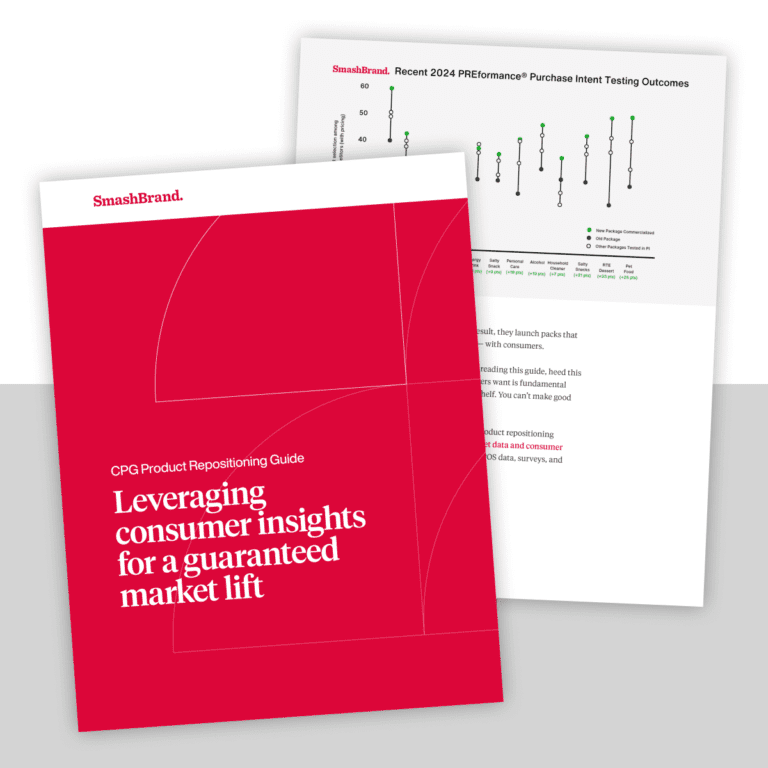Gather ‘round and I’ll tell you a story about a man named James; a middle-aged, emotionally bankrupt man who only cares about finding a great deal. James is the owner of a medium-sized business, and although not entirely respected, he was at least thought to possess some aesthetic judgment. He did manage to dress himself every day, after all. One day, he discovered a crowdsourcing design website called 99terribledesigns.com and realized it could save his company a significant amount of money. Poor James.
His marketing team wanted to rebrand their image, so he directed them to run a logo design contest at the crowdsourcing design website he found. He loved the idea that 99terribledesigns.com would sponsor and provide administrative support for a logo design competition between a legion of designers of questionable origin and limited skill for only 250 bucks. The submissions were a dubious lot, but James, who couldn’t tell the difference, felt he had gotten the bargain of his life. Imagine, logos galore—and he only had to pay for one of them!
James’s marketing team was horrified by the choices. None of the designers knew anything about their company culture or the demographic they wanted to serve, nor did they particularly care. Many designers threw together a design without giving it much thought, because there was a 1 in 50 chance that the work would even be selected. The winning design that James picked fused a hammer, sickle, and what appeared to be a fertility doll in an unsavory union. James used the term “make it awesome” on the intake form he submitted to describe his dream logo. Sweet!
James’s new allegiance with crowdsourcing design work was a source of contention for his marketing team. They preferred to work with designers who take the time to understand their company directly. Designers with a high talent level and one-to-one communications. They wanted to review their portfolios, verify their credentials, and be reasonably sure that they were capable of transforming the company’s ideals into an aesthetically pleasing yet evocative logo. They wanted to convey strength, elegance, and cultural diversity. What they most certainly didn’t like was a logo that would make potential clients say in unison, “What the…?”
Crowdsourcing offers a plethora of designs from a legion of mediocre designers who submit their work, knowing that there is a reasonably high likelihood that their submission will neither be chosen nor paid for. To some people, it might be the perfect method for outsourcing your design work. The terms “competition” and “contest” conjure up images of healthy and vigorous capitalism. It’s a contest! Open to all! In your head, it’s a pool of designers creating notebooks full of sketches and amazing logo concept work for your company or brand.
Unfortunately, that’s just in your head. Crowdsourcing design work devalues the work of the designers and fails to raise the profile of the companies. Small to medium-sized businesses almost always suffer from crowdsourcing, since designers have no idea about the company’s goals, and the talent level of designers is usually very “green” to say the least. Submissions are often of poor quality because the prize stakes are considerably lower, both in terms of monetary value and prestige. And the designers? Designers find themselves in an increasingly unstable economic industry, often entering fruitless contests for a corporate culture that no longer truly respects their work.
So what happened to James? Well, the launch of the new brand image didn’t attract new clients. James lost substantial revenue that quarter and nursed a team of upset marketing employees who harbored a grudge against crowdsourced design and fertility dolls for the rest of their lives. Don’t be like James, don’t crowdsource your design work. It’s like playing the lottery; you’re probably not going to win.
Data-Driven Brand Development
Want a best-selling brand? We can help! SmashBrand is a data-driven brand development and packaging design company specializing in FMCG and CPG products. From brand strategy to packaging design testing, our Path To Performance™ process guarantees a retail performance lift. Book a time to discuss your project with our team.
Subscribe to
Nice Package.
SmashBrand’s Nice Package: Stay current with our latest insights
Free Resource.

CPG product repositioning guide.
Explore the five undeniable signs your CPG product needs repositioning along with strategies for leveraging consumer insights for a guaranteed market lift.
Download Whitepaper About CPG product repositioning guide.